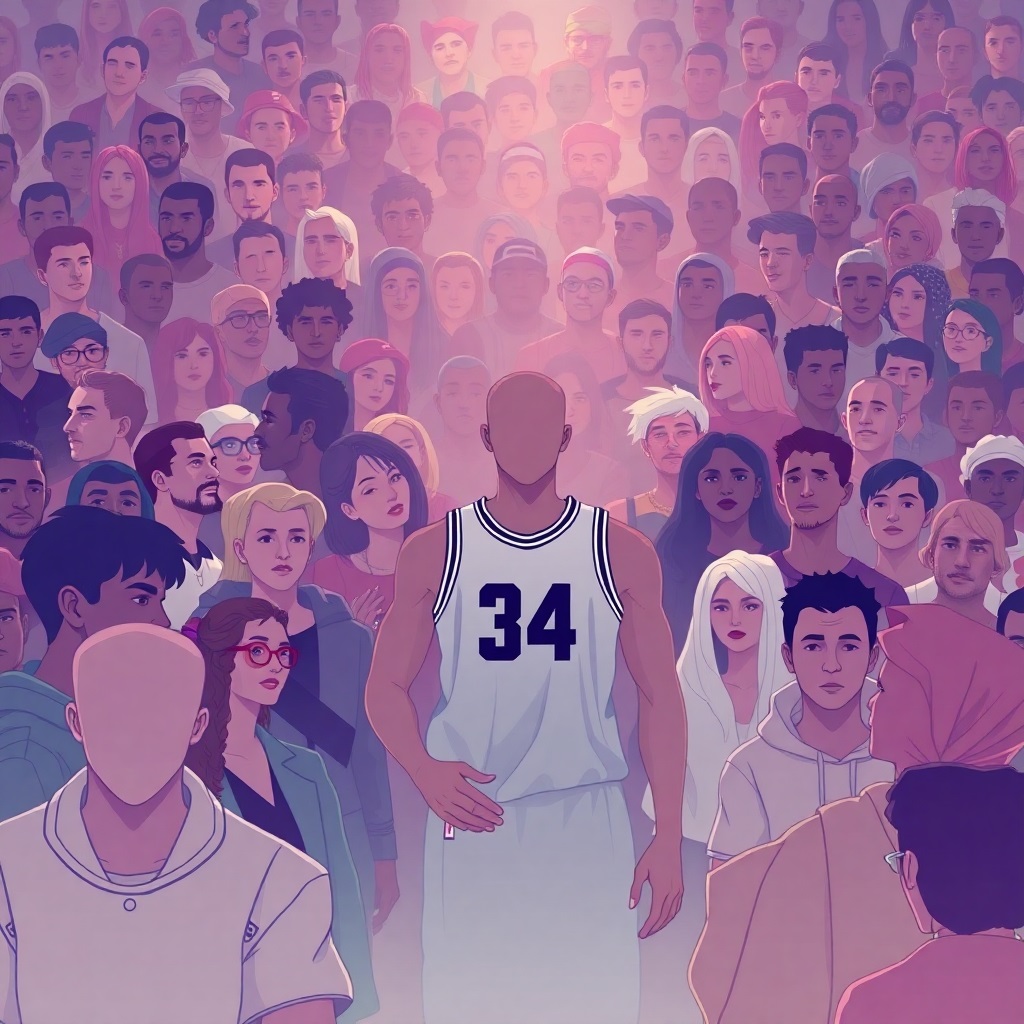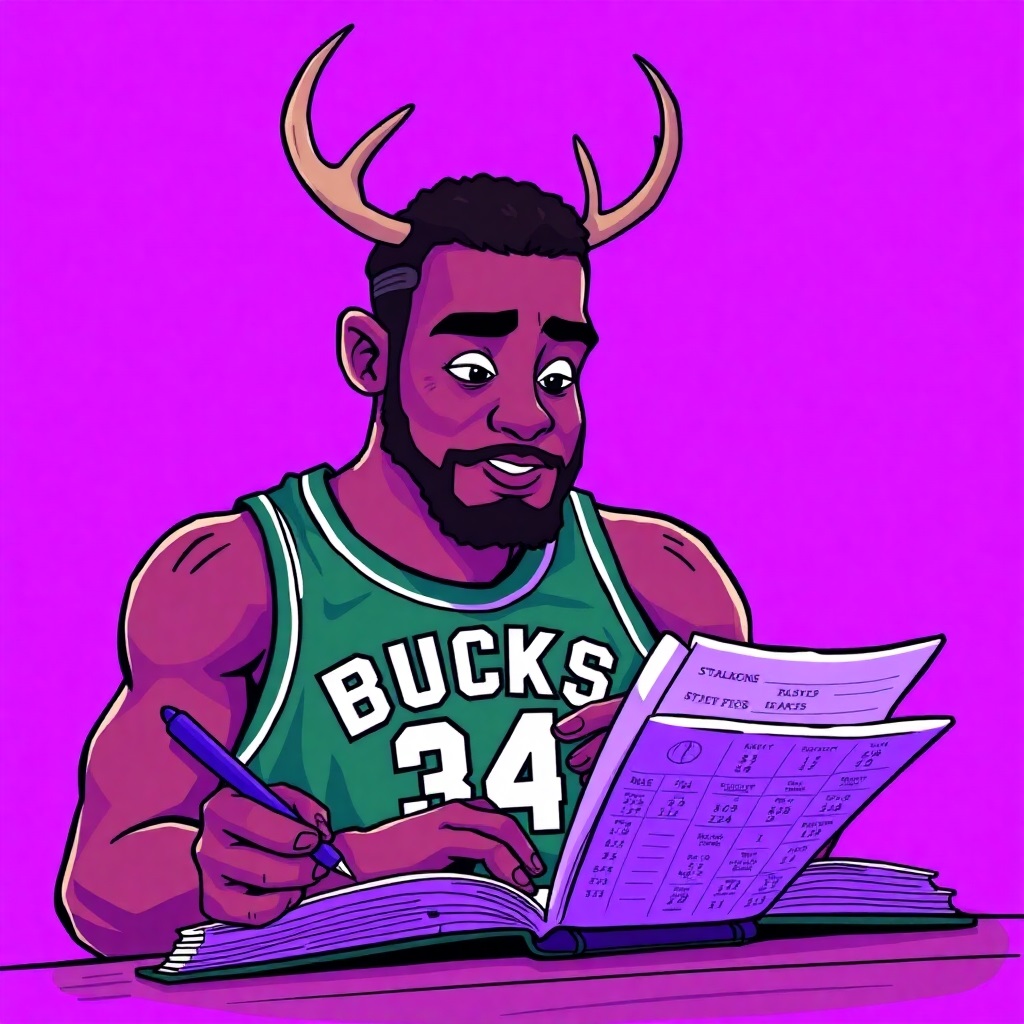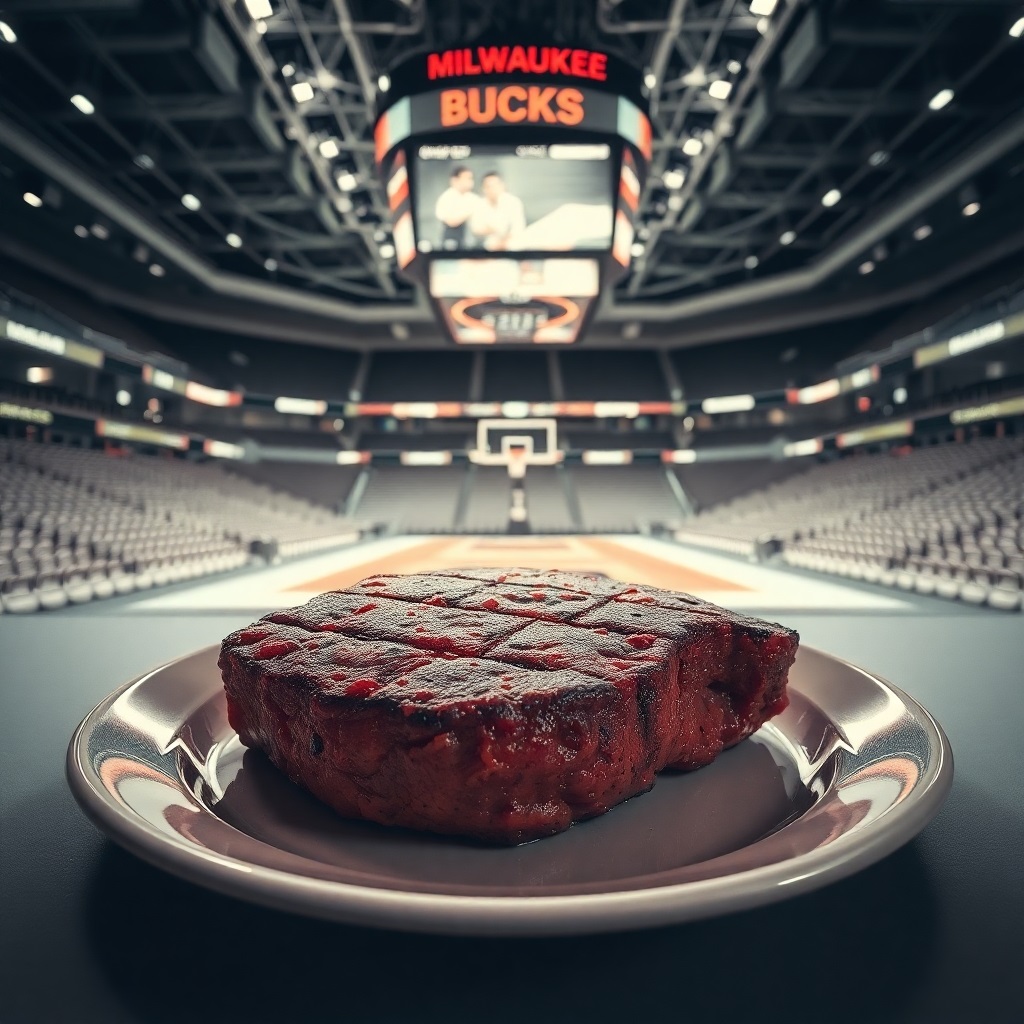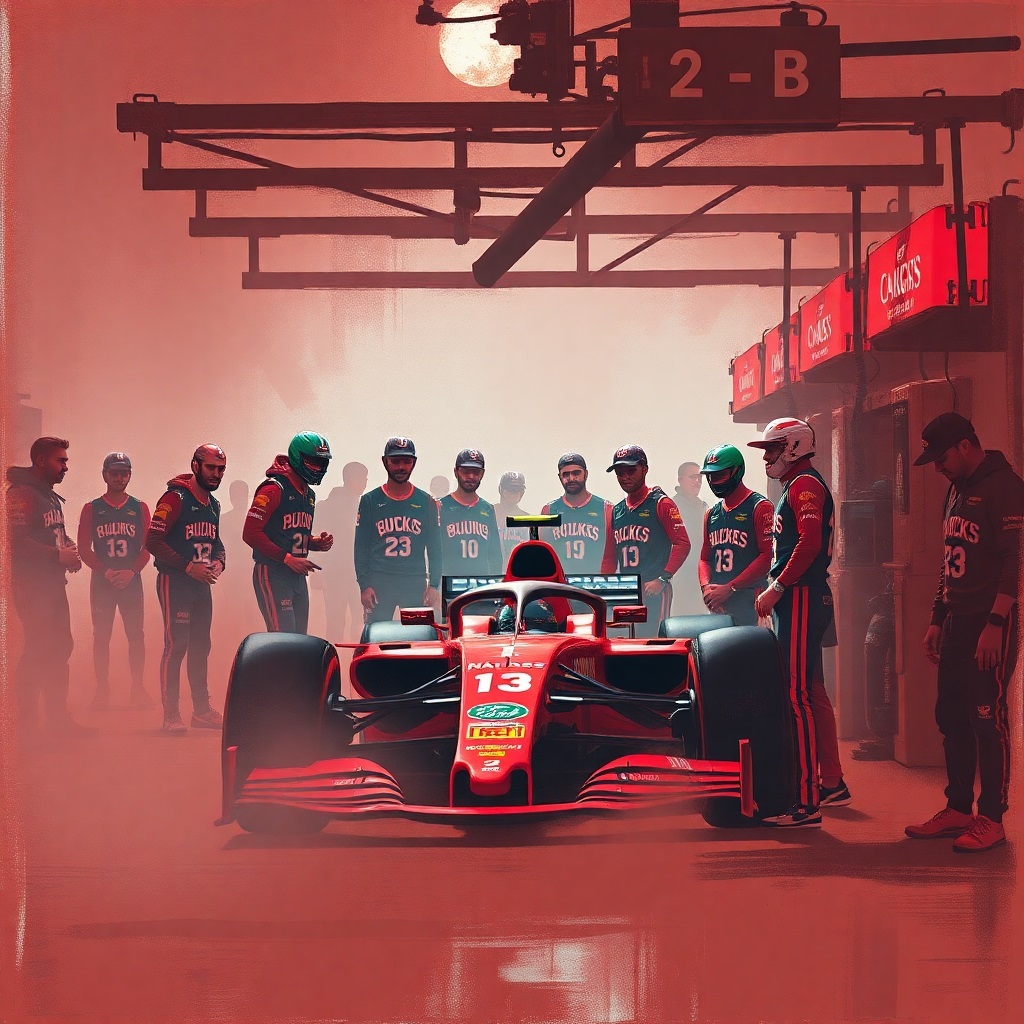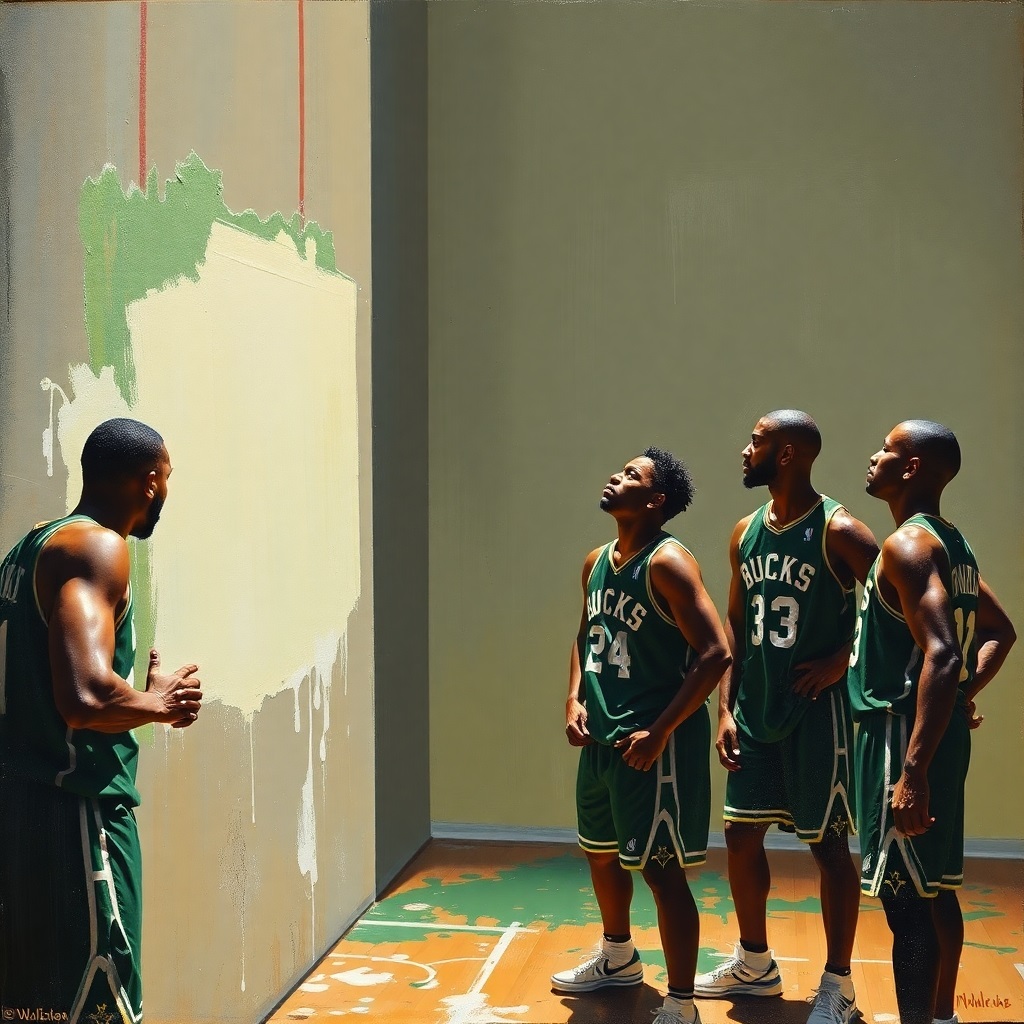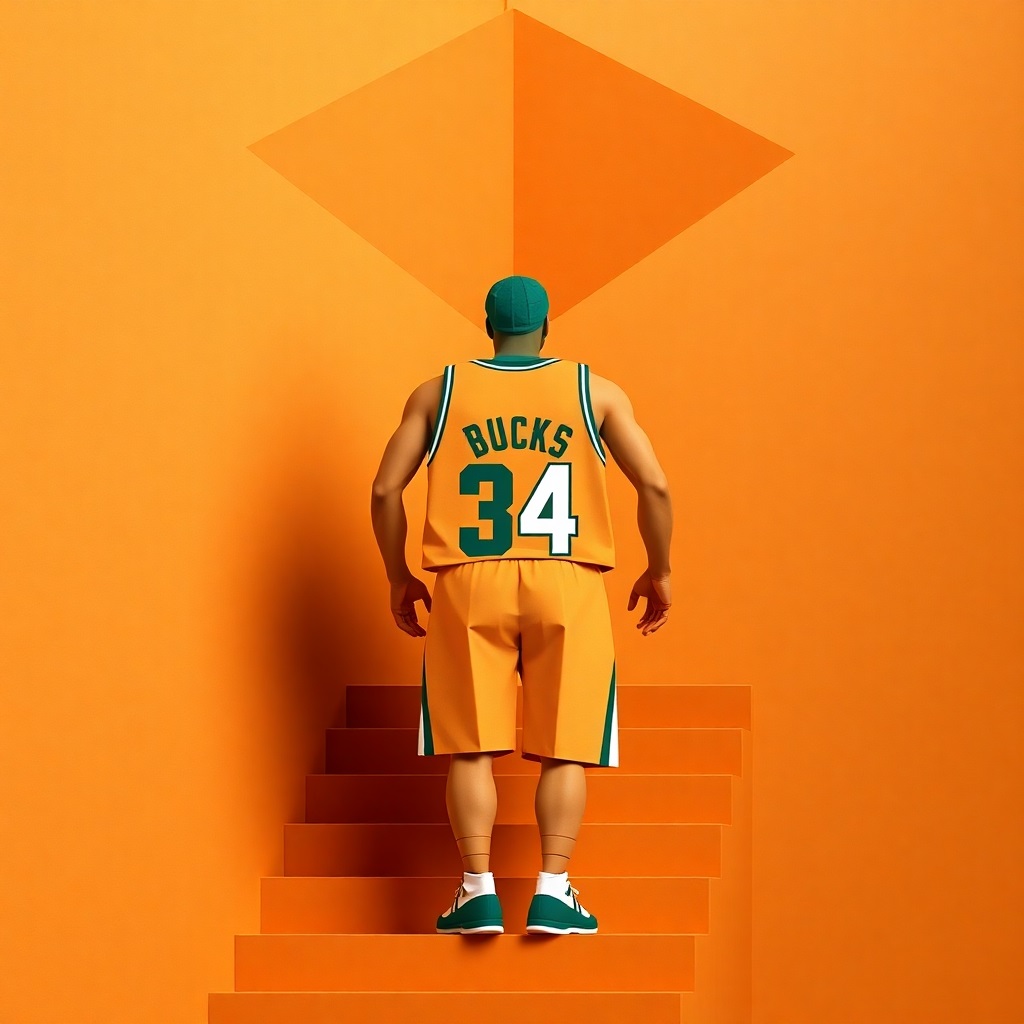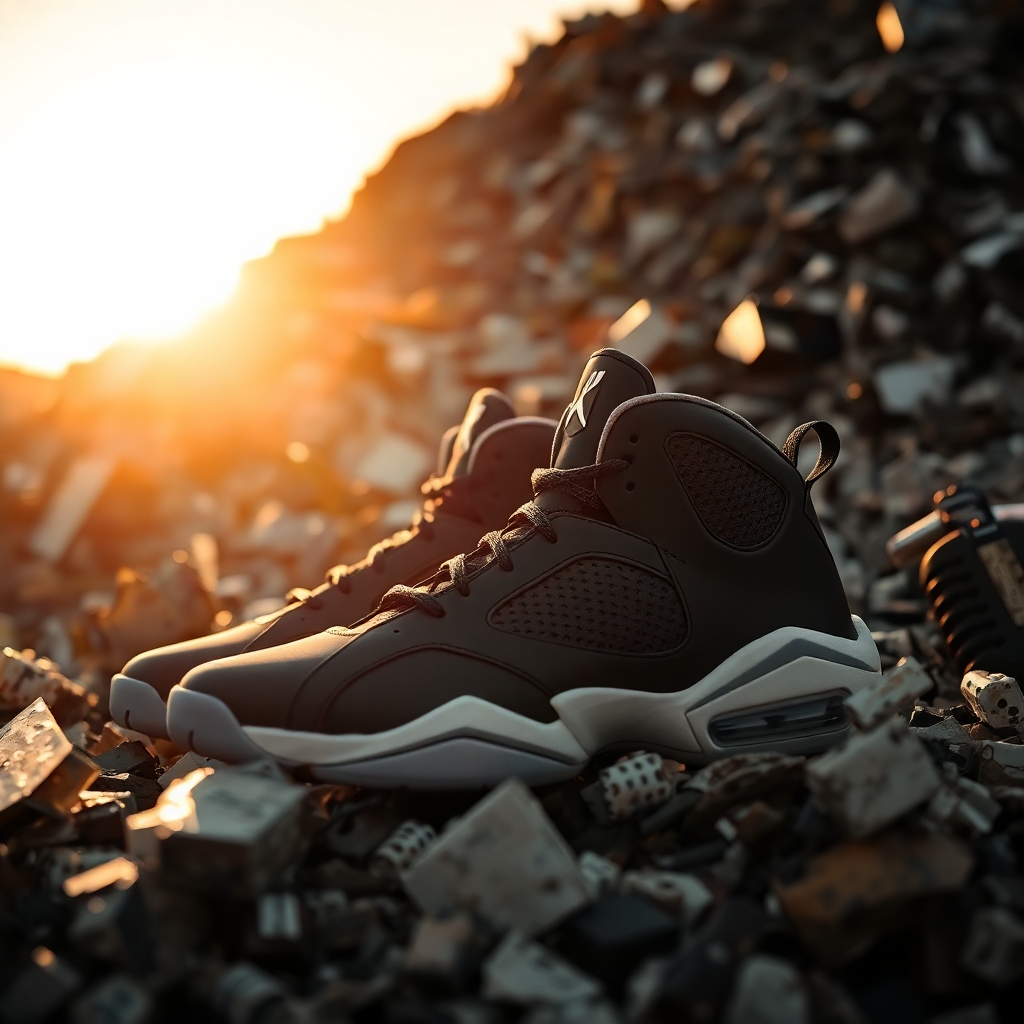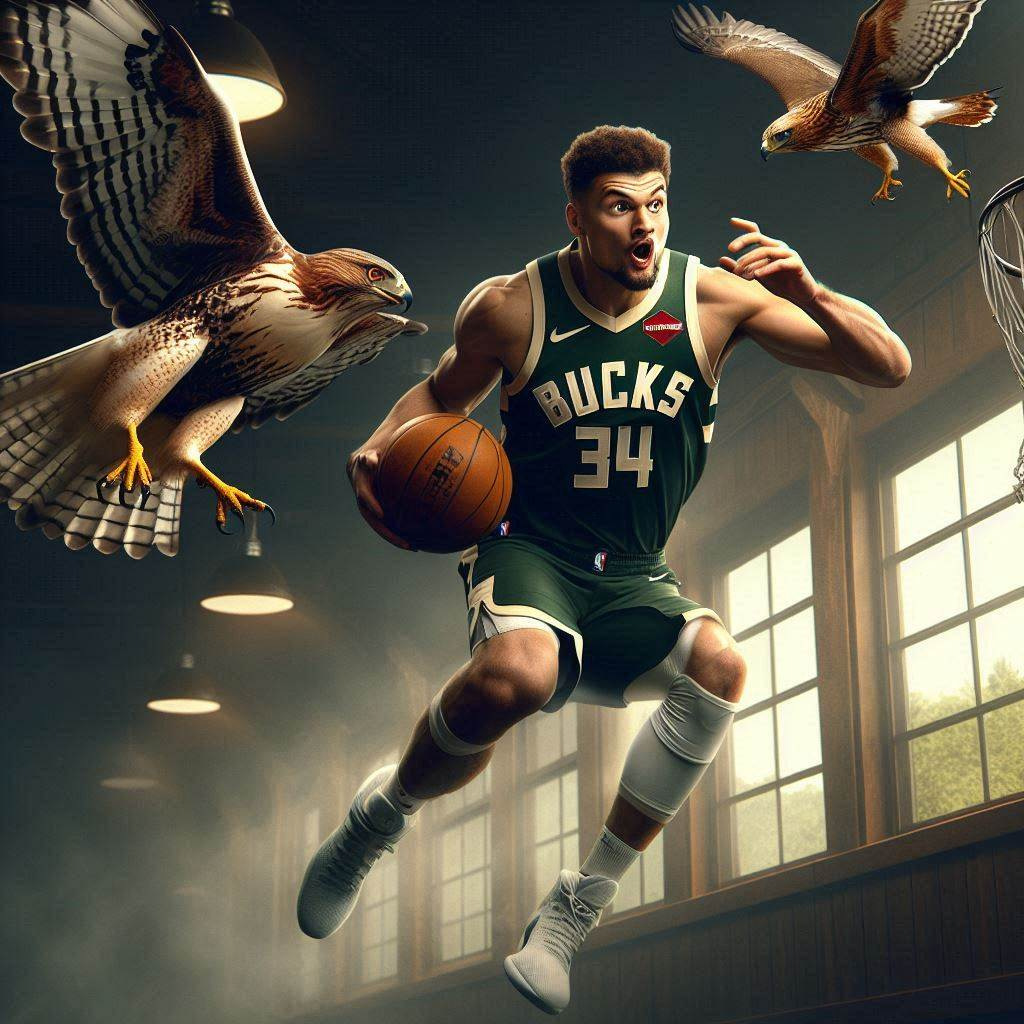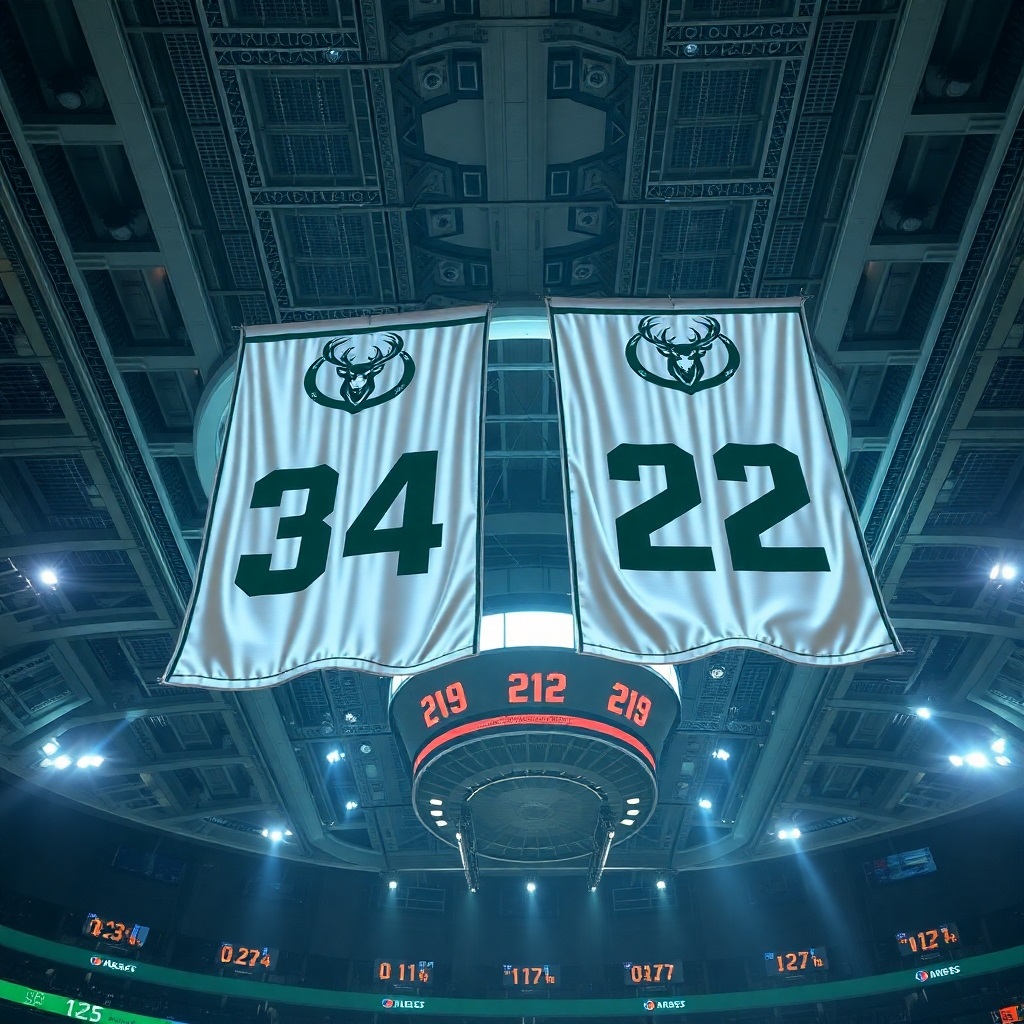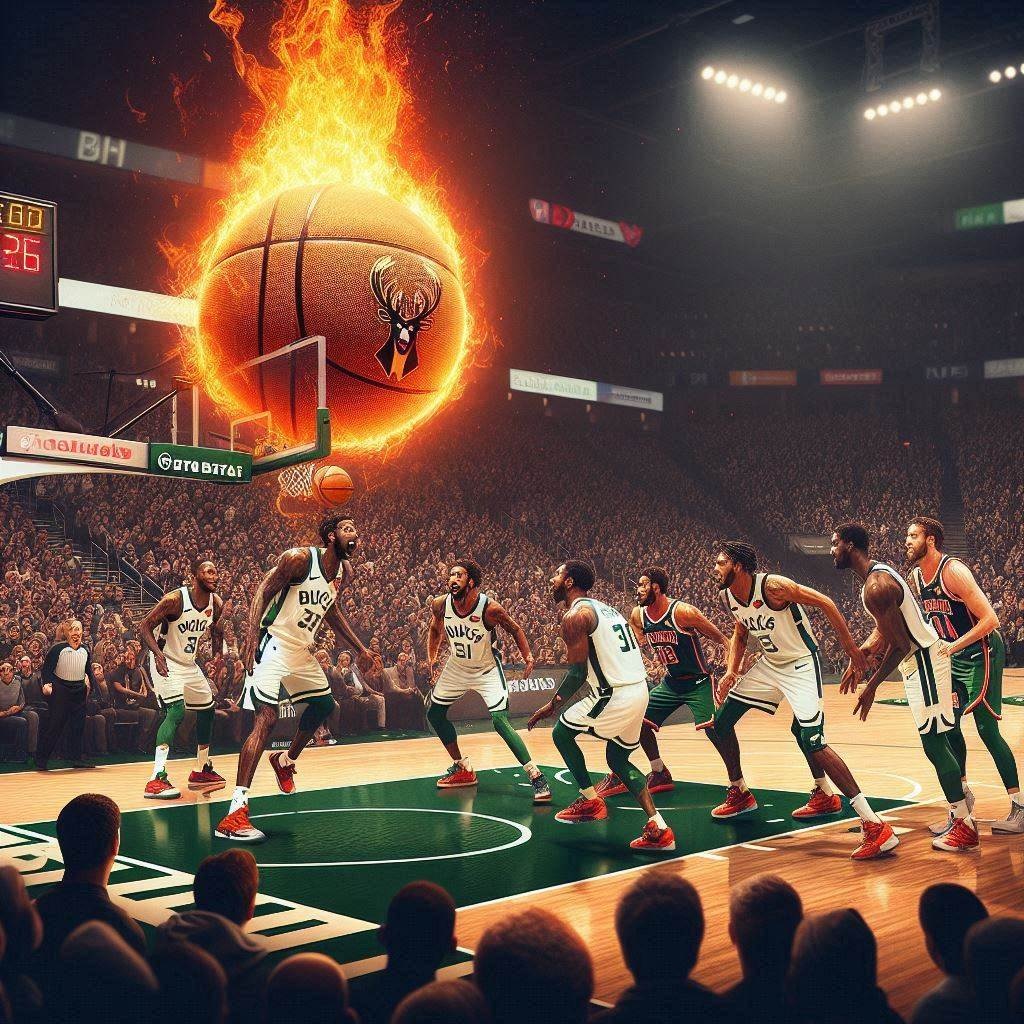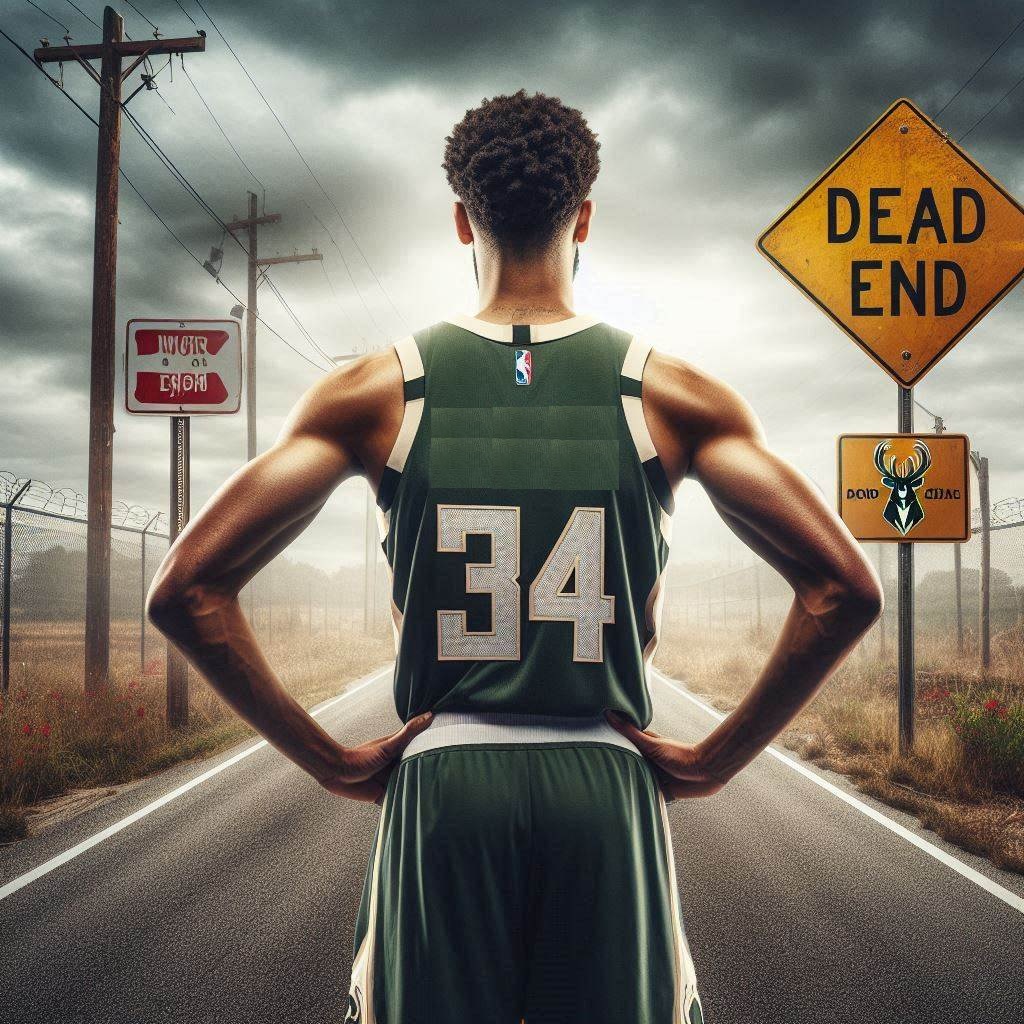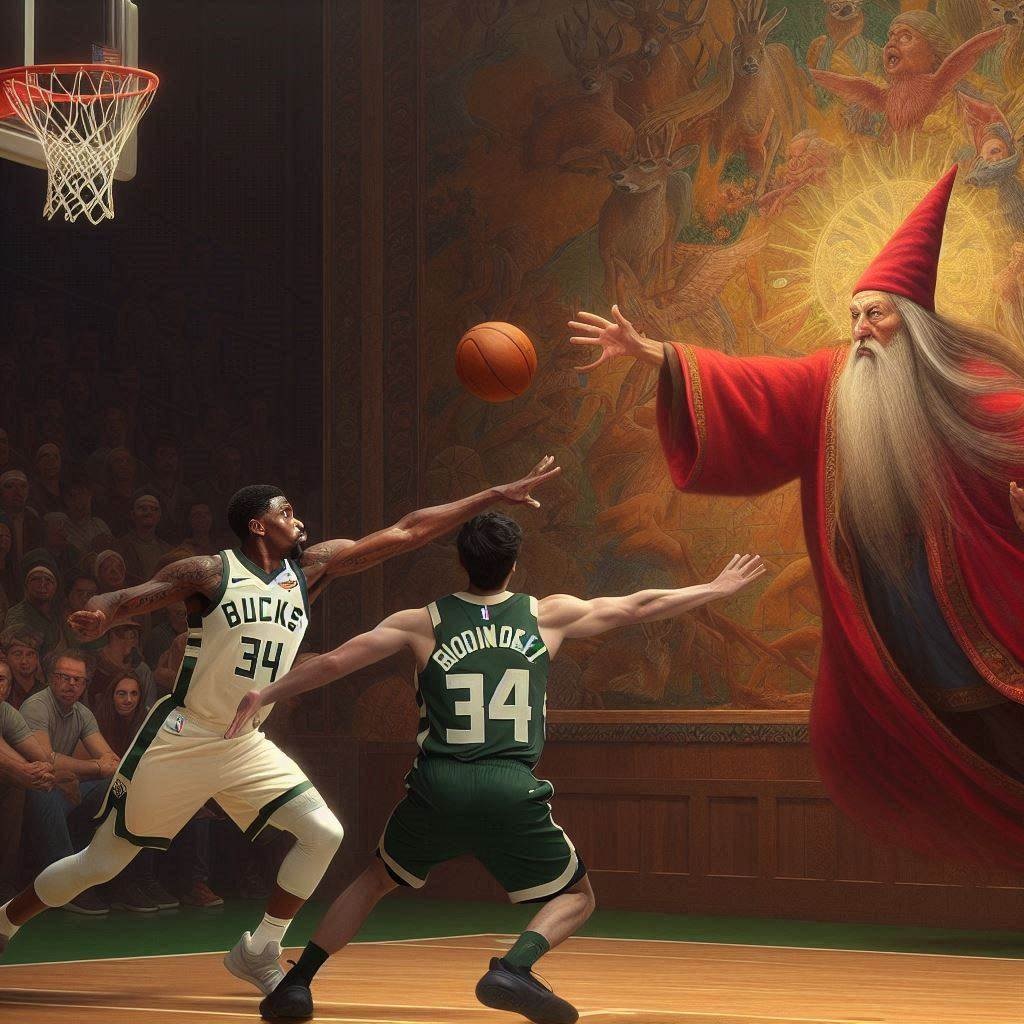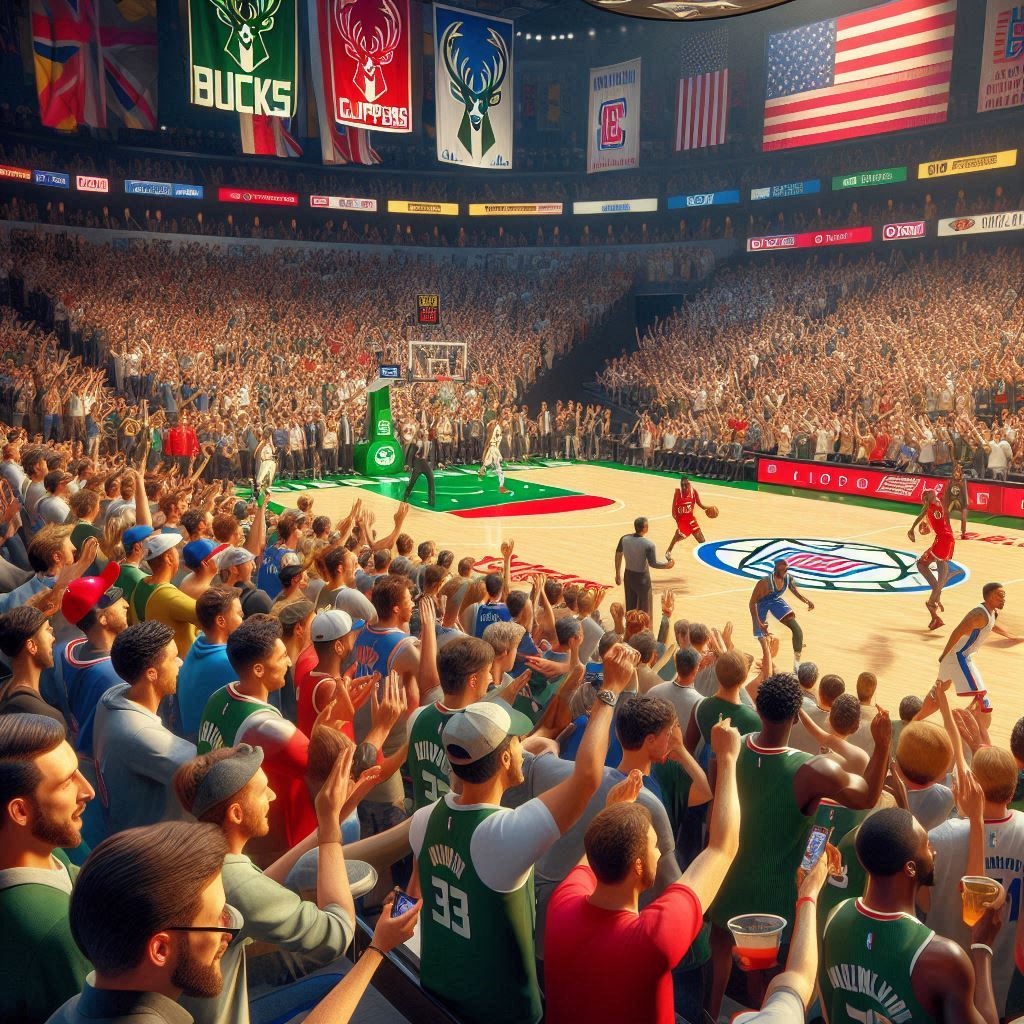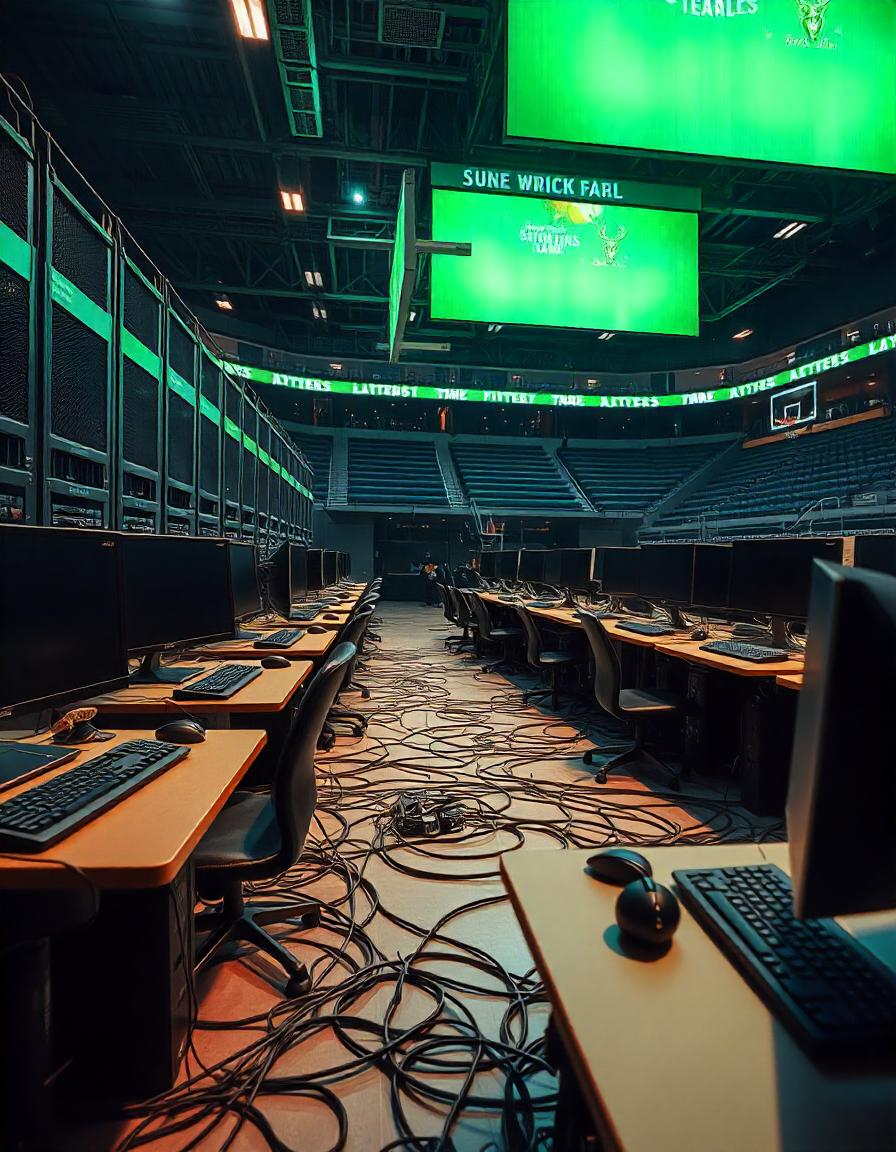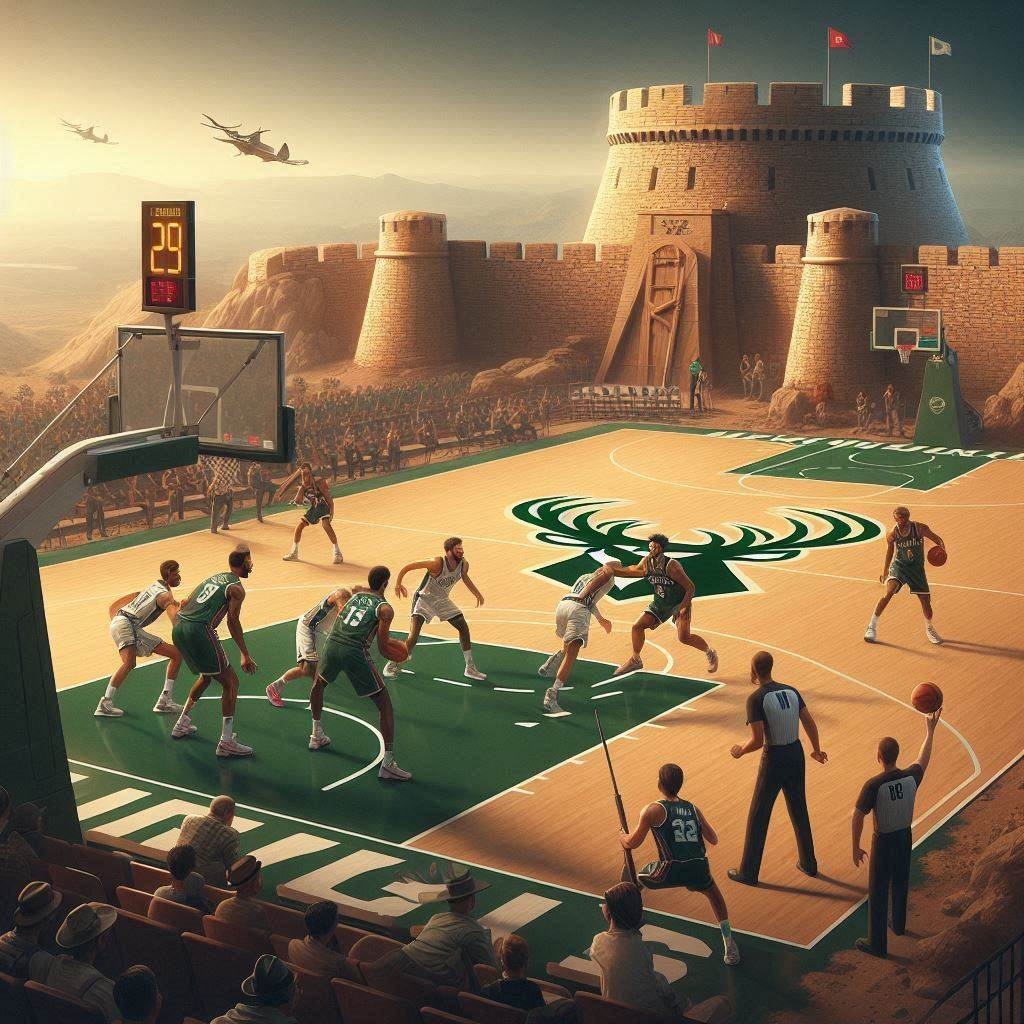
Well firstly he is:
| bucks 34 basketball player |
| bucks 34 giannis |
| bucks 34 player |
| bucks player giannis |
But interestingly people search for him in relation to other teams like this too:
| bulls giannis |
| celtics giannis |
| celtics giannis antetokounmpo |
| chicago bulls giannis antetokounmpo |
| curry and giannis |
| curry giannis |
Other times they look for his movie:
| disney giannis |
| disney giannis antetokounmpo |
| disney plus giannis antetokounmpo |
Giannis Space Jam ain’t happening but people still look for it online! Or any tv content about him, 60 minutes interview etc:
| espn giannis |
| espn giannis antetokounmpo |
If you are 3 years old you may have briefly wanted one of these:

| funko giannis antetokounmpo |
| funko pop nba giannis antetokounmpo |
And of course others wonder about his rating on the game:
| giannis 2k |
| giannis 2k cover |
| giannis 2k22 |
| giannis 2k23 |
Some people look for matchups, video clips from when he had something with a famous other NBA player or someone spoke about him:
| harden giannis |
| harrell giannis |
| janis antetokounmpo |
| jordan antetokounmpo |
| jordan on giannis |
| kd giannis |
| kobe bryant giannis |
| kobe giannis |
| kyrie giannis |
| lakers giannis |
| lebron giannis |
Of course one player more than others:
| michael jordan giannis |
| michael jordan giannis antetokounmpo |
| michael jordan on giannis |
| michael jordan on giannis antetokounmpo |
So Giannis’ effect on the game has probably past it’s prime as he deteriorates and the NBA moves on without him. But as a cultural phenomenon he continues!
Here is a full list of words:
| giannis |
| giannis antetokounmpo |
| giannis basketball |
| giannis funko pop |
| giannis 3 |
| giannis antetokounmpo funko pop |
| bucks at wizards |
| funko pop giannis antetokounmpo |
| giannis’s |
| milwaukee bucks giannis |
| giannis antetokounmpo zoom freak 4 – Did a whole post about his shoes. |
| milwaukee bucks giannis antetokounmpo |
| nba giannis antetokounmpo |
| giannis immortality 2 amazon |
| bucks giannis |
| giannis antetokounmpo basketball |
| giannis funko |
| kohls giannis immortality – This guy wants to buy them NOW! |
| giannis antetokounmpo funko |
| yanis adetokunbo – Yeah we all struggle with the spelling dude… |
| giannis antetokounmpo milwaukee bucks |
| giannis 3s |
| nba giannis |
| funko pop giannis |
| basketball giannis – none of the brothers playing baseball yet. |
| giannis 5 |
| bucks giannis antetokounmpo |
| giannis antetokounmpo bucks |
| funko giannis |
| giannis basket |
| jordan giannis |
| 01 giannis antetokounmpo |
| 2013 giannis |
| 2013 giannis antetokounmpo |
| 2015 giannis |
| 2017 giannis |
| 2018 giannis |
| 2019 giannis |
| 2k23 giannis |
| 34 giannis |
| 34 giannis antetokounmpo |
| about giannis antetokounmpo – you are at the right place, this blog has it all! |
| adetokunbo giannis |
| adidas giannis |
| allen iverson giannis |
| antetokounmpo eurobasket |
| antetokounmpo giannis |
| basketball giannis antetokounmpo |
| basketball player giannis |
| basketball player giannis antetokounmpo |
| ben simmons giannis antetokounmpo |
| best of giannis antetokounmpo |
| boston celtics giannis antetokounmpo |
| bucks 34 basketball player |
| bucks 34 giannis |
| bucks 34 player |
| bucks player giannis |
| bulls giannis |
| celtics giannis |
| celtics giannis antetokounmpo |
| chicago bulls giannis antetokounmpo |
| curry and giannis – you wish! They now have Jimmy. |
| curry giannis |
| disney giannis |
| disney giannis antetokounmpo |
| disney plus giannis antetokounmpo |
| espn giannis |
| espn giannis antetokounmpo |
| eurobasket 2022 giannis |
| eurobasket giannis |
| fiba giannis |
| filathlitikos giannis – his old team in Athens, Greece |
| freak giannis |
| funko giannis antetokounmpo |
| funko pop nba giannis antetokounmpo |
| gianni’s antetokounmpo |
| giannis 18 |
| giannis 2012 |
| giannis 2014 |
| giannis 2015 |
| giannis 2016 |
| giannis 2017 |
| giannis 2019 |
| giannis 2020 |
| giannis 2021 |
| giannis 2022 |
| giannis 2023 |
| giannis 2k |
| giannis 2k cover |
| giannis 2k22 |
| giannis 2k23 |
| giannis 3’s |
| giannis 34 |
| giannis 3pt |
| giannis 4k |
| giannis 50 |
| giannis 50 piece |
| giannis 55 |
| giannis 6 |
| giannis 7 |
| giannis a |
| giannis adetokunbo |
| giannis adidas – this guy didn’t get the memo from Nike. Otherwise he knows something…. |
| giannis allen iverson |
| giannis an |
| giannis angelopoulos |
| giannis ante |
| giannis antek |
| giannis antetokounmpo 1 |
| giannis antetokounmpo 18 |
| giannis antetokounmpo 1st year |
| giannis antetokounmpo 2 |
| giannis antetokounmpo 2011 |
| giannis antetokounmpo 2012 |
| giannis antetokounmpo 2013 |
| giannis antetokounmpo 2014 |
| giannis antetokounmpo 2015 |
| giannis antetokounmpo 2016 |
| giannis antetokounmpo 2017 |
| giannis antetokounmpo 2018 |
| giannis antetokounmpo 2019 |
| giannis antetokounmpo 2020 |
| giannis antetokounmpo 2021 |
| giannis antetokounmpo 2022 |
| giannis antetokounmpo 2023 |
| giannis antetokounmpo 2k cover |
| giannis antetokounmpo 2k23 |
| giannis antetokounmpo 3 |
| giannis antetokounmpo 34 |
| giannis antetokounmpo 4 |
| giannis antetokounmpo 60 minutes |
| giannis antetokounmpo 7 feet |
| giannis antetokounmpo adidas |
| giannis antetokounmpo allen iverson |
| giannis antetokounmpo arsenal – He says he supports them. Or he did once anyway. |
| giannis antetokounmpo boston celtics |
| giannis antetokounmpo bulls |
| giannis antetokounmpo celtics |
| giannis antetokounmpo chicago bulls |
| giannis antetokounmpo disney |
| giannis antetokounmpo espn |
| giannis antetokounmpo eurobasket |
| giannis antetokounmpo eurobasket 2022 |
| giannis antetokounmpo euroleague |
| giannis antetokounmpo fiba |
| giannis antetokounmpo fiba 2022 |
| giannis antetokounmpo filathlitikos |
| giannis antetokounmpo first year |
| giannis antetokounmpo foot |
| giannis antetokounmpo francis antetokounmpo |
| giannis antetokounmpo freak |
| giannis antetokounmpo from |
| giannis antetokounmpo funko pop 32 |
| giannis antetokounmpo golden state |
| giannis antetokounmpo golden state warriors |
| giannis antetokounmpo greek freak |
| giannis antetokounmpo halloween |
| giannis antetokounmpo hot |
| giannis antetokounmpo jordan |
| giannis antetokounmpo kg |
| giannis antetokounmpo khris middleton |
| giannis antetokounmpo kobe |
| giannis antetokounmpo kobe bryant |
| giannis antetokounmpo kyrie irving |
| giannis antetokounmpo lakers |
| giannis antetokounmpo lbs |
| giannis antetokounmpo lebron james |
| giannis antetokounmpo lego |
| giannis antetokounmpo liam charles antetokounmpo |
| giannis antetokounmpo mariah riddlesprigger |
| giannis antetokounmpo miami heat |
| giannis antetokounmpo michael jordan |
| giannis antetokounmpo mural |
| giannis antetokounmpo mvp |
| giannis antetokounmpo mvp 2020 |
| giannis antetokounmpo mvp 2022 |
| giannis antetokounmpo mvp years – long gone and past… |
| giannis antetokounmpo nba |
| giannis antetokounmpo nba 2k22 |
| giannis antetokounmpo nba 2k23 |
| giannis antetokounmpo nba 75 |
| giannis antetokounmpo nba com |
| giannis antetokounmpo now |
| giannis antetokounmpo oreo |
| giannis antetokounmpo oreos |
| giannis antetokounmpo out |
| giannis antetokounmpo raptors |
| giannis antetokounmpo s |
| giannis antetokounmpo sixers |
| giannis antetokounmpo sofascore – someone more stat padding manic than Giannis! |
| giannis antetokounmpo str8 |
| giannis antetokounmpo thanasis antetokounmpo |
| giannis antetokounmpo the greek freak |
| giannis antetokounmpo tiktok |
| giannis antetokounmpo today |
| giannis antetokounmpo tonight |
| giannis antetokounmpo transfermarkt |
| giannis antetokounmpo veronica antetokounmpo |
| giannis antetokounmpo warriors |
| giannis antetokounmpo website |
| giannis antetokounmpo years in nba |
| giannis at |
| giannis ate |
| giannis bar |
| giannis basketball player |
| giannis bulls |
| giannis cbs |
| giannis celtics |
| giannis chicago bulls |
| giannis chick fil a |
| giannis chick fil a order |
| giannis curry |
| giannis disney |
| giannis espn |
| giannis eurobasket |
| giannis eurobasket 2022 |
| giannis feet |
| giannis fiba |
| giannis filathlitikos |
| giannis first year |
| giannis first year in nba |
| giannis from |
| giannis from the milwaukee bucks |
| giannis giannis antetokounmpo |
| giannis golden state |
| giannis golden state warriors |
| giannis greek freak |
| giannis harden |
| giannis heat |
| giannis i |
| giannis immortality 2 reddit |
| giannis immortality reddit |
| giannis iverson |
| giannis jordan |
| giannis kd |
| giannis kg |
| giannis knicks |
| giannis kobe |
| giannis kyrie |
| giannis lakers |
| giannis lbs |
| giannis lebron |
| giannis luka |
| giannis madden |
| giannis miami heat |
| giannis michael jordan |
| giannis milwaukee |
| giannis mural |
| giannis mvp |
| giannis mvp 2020 |
| giannis mvp 2022 |
| giannis mvp years |
| giannis nba 2k |
| giannis nba 2k cover |
| giannis nba 2k22 |
| giannis nba 2k23 |
| giannis nba 75 |
| giannis nba com |
| giannis nba player |
| giannis now |
| giannis on lebron |
| giannis on the bucks |
| giannis oreo |
| giannis oreos |
| giannis out |
| giannis performance |
| giannis raptors |
| giannis red |
| giannis sina ugo antetokounmpo |
| giannis sofascore |
| giannis space jam |
| giannis the basketball player |
| giannis the greek freak |
| giannis tiktok |
| giannis to bulls |
| giannis today |
| giannis travel |
| giannis ugo |
| giannis ugo antetokounmpo |
| giannis wearing immortality |
| giannis wearing immortality 2 |
| giannis wearing zoom freak 3 |
| giannis what the |
| gilbert arenas giannis antetokounmpo |
| greek freak giannis |
| harden giannis |
| harrell giannis |
| janis antetokounmpo |
| jordan antetokounmpo |
| jordan on giannis |
| kd giannis |
| kobe bryant giannis |
| kobe giannis |
| kyrie giannis |
| lakers giannis |
| lebron giannis |
| lebron james giannis |
| lebron james giannis antetokounmpo |
| luka doncic giannis antetokounmpo |
| michael jordan giannis |
| michael jordan giannis antetokounmpo |
| michael jordan on giannis |
| michael jordan on giannis antetokounmpo |
| milwaukee bucks 34 giannis |
| milwaukee bucks antetokounmpo giannis |
| milwaukee bucks player giannis |
| mvp giannis |
| mvp giannis antetokounmpo |
| nba 2k giannis |
| nba 2k giannis cover |
| nba 2k22 giannis |
| nba 2k23 giannis antetokounmpo |
| nba 75 giannis |
| nba bucks giannis |
| nba mvp giannis |
| nba player giannis |
| nba player giannis antetokounmpo |
| oakley giannis |
| oreo giannis |
| oreos giannis |
| shaq giannis |
| str8 giannis |
| takis zivas |
| tatum giannis |
| the athletic giannis |
| wizard bucks |
| yannis giannis |
| yannis the greek freak |
| zion giannis |
